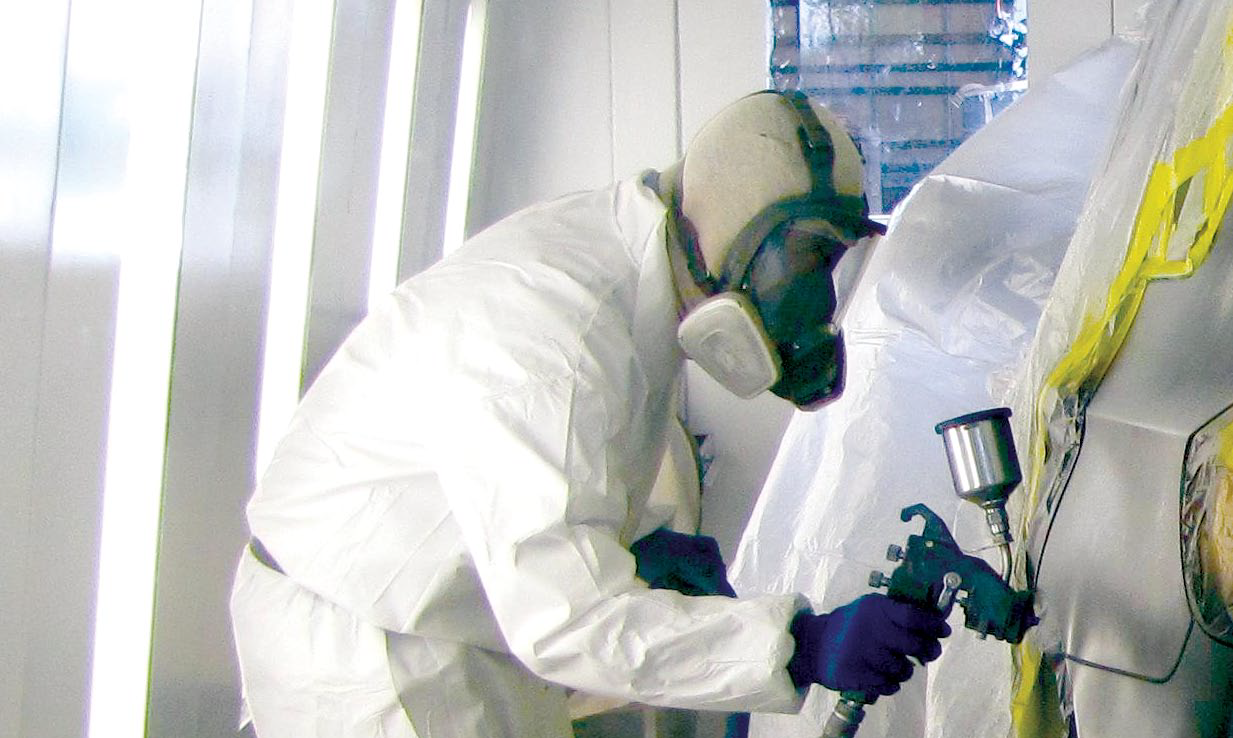The Occupational Safety and Health Administration has revised its Hazard Communication Standard (HCS) to align with the United Nations’ Globally Harmonized System of Classification and Labeling of Chemicals (GHS). The most significant revisions require the use of new labeling elements and a standardized format for Safety Data Sheets (SDSs), which are replacing the old Material Safety Data Sheets (MSDSs). The revised HCS is designed not only to improve workers’ understanding of workplace chemical hazards, but also to address the staggering hazard communication statistics.
OSHA estimates over 32 million workers are exposed to 650,000 hazardous chemical products at more than 3 million American workplaces, and thousands of new chemical compounds and their variants enter US production facilities every year. Chemical products are so common that both employers and workers are often indifferent to the potential dangers of unprotected exposure.
To help companies comply with the revised Hazard Communication Standard, OSHA is phasing in the specific requirements over several years (2013 to 2016). The first phase required employers to provide training to their current workers on the new label elements and the SDS format. New workers should receive training before they are assigned to work with hazardous chemicals, and additional training is required for all workers who are exposed to a new category (corrosive, irritant, etc.) of hazardous chemical introduced into the work area.
OSHA has set minimum requirements for the training curriculum on the new label elements and the SDS format. Since workers are already beginning to see the new labels and SDSs on the chemicals in their workplace, it is critical that they understand the new label and SDS formats to protect themselves from chemical hazards during the transition to the new HCS standard.
Training on label elements must include the type of information the employee would expect to see on the new labels, including:
- Product identifier: how the hazardous chemical is identified, such as the chemical name, code number or batch number.
- Signal word: “Danger” for more severe hazards and “Warning” for less severe hazards are the only signal words used to indicate the relative level of severity of hazard on the label.
- Pictogram: OSHA has designated eight pictograms under this standard for application to a hazard category (see Pictogram QuickCard link below).
- Hazard statement(s): the nature of the hazard(s) of a chemical, including, where appropriate, the degree of hazard. All of the applicable hazard statements must appear on the label.
- Precautionary statement(s): a phrase that describes recommended measures that should be taken to minimize or prevent adverse effects resulting from exposure to a hazardous chemical or improper storage or handling.
Training must also include how an employee might use the labels in the workplace, such as to ensure proper storage or to indicate first aid information, as well as how label elements work together to convey a complete picture of hazard information.
Training on the format of the Safety Data Sheets (SDSs) must include information on:
- The standardized 16-section format, including the type of information found in each section
- How label information relates to SDSs
Employers who have not yet conducted the required training to comply with the revised Hazard Communication Standard can learn more by clicking on the following links:
- OSHA Hazard Communication Fact Sheet
- Label QuickCard (English/Spanish)
- Pictogram QuickCard (English/Spanish)
- Safety Data Sheet QuickCard (English) (Spanish)
- Safety Data Sheet OSHA Brief
Providing training to employees based on the revised Hazard Communication Standard not only ensures OSHA compliance but, more importantly, helps protect the lives and health of the employer’s most important asset.
Upcoming OSHA #7205 Health Hazard Awareness Classes
Upcoming OSHA #2015 Hazardous Materials Classes

